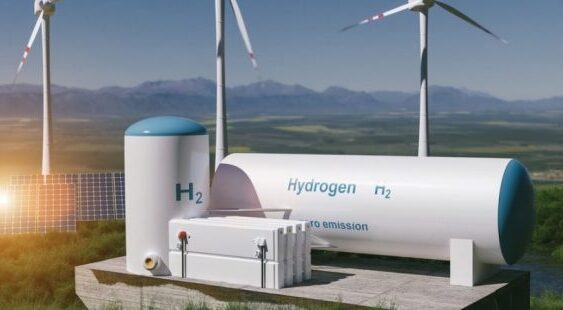HOW ENERGY TRANSITION WOULD IMPOVERISH NAMIBIA

Namibia’s planned energy transition would impoverish the country while contributing virtually nothing to global emission reduction, says American science policy analyst Perry Green. Green says Namibia’s renewable energy ambitions would have no real impact on global carbon emissions.
The government has committed to a 90% reduction in its carbon emissions by 2027, and to reaching net-zero emissions by 2050.
Namibia is a signatory to both the Kyoto Accord and the Paris Agreement, which oblige participants to reduce their carbon dioxide emissions.
“Achieving those goals, though, would have no discernible effect on the global carbon budget. Namibia presently accounts for just 0,003% of global carbon dioxide emissions. A 90% reduction of carbon emissions would lower Namibia’s share to 0,0003%,” Green wrote in an article published in Manhattan-based City Journal last month.
In the article, Green says 2022 was the year of “climate folly” in the developing world, particularly in Namibia.
He says currently the biggest obstacle to Namibia’s success is climate change and not its first-order effects, but the roadblocks policymakers are erecting in the name of combating these effects.
He says the contradiction of Namibia’s climate policy can be resolved with a simple observation that climate policy is not about climate change, but about securing climate revenues.
“If throttling the country’s fossil fuel sector is the price to keep that money flowing, so be it. Never mind that it will do nothing to fight climate change,” Green says.
He says Namibia’s per capita energy consumption rate of about 30 million kilojoules per person per year can meet only about a quarter of the present demand in the country.
“The rest must be imported, which costs money, hinders economic development, and holds the country hostage to political turmoil in South Africa and Zimbabwe, the largest energy suppliers,” he says.
Green says if it so chooses, Namibia could develop its fossil fuel resources to provide the cheap and ab, abundant power it needs.
He says the country could, for example, increase its per capita carbon emissions tenfold (which would bring it up to the level of Bermuda, the Czech Republic, and Russia), while having no significant effect on the global carbon budget.
“Instead, the Namibian government has aggressively expanded solar and wind energy, with presently account for 0,5% and 4,7%, respectively, of the country’s total generating capacity,” he says. Perry says Namibia’s climate policy can only be prudent if it’s funded with someone else’s money.
Under the Green Climate Fund (GCF) Namibia receives US$110 million annually for various projects. He says the country’s wealth remains unevenly distributed, despite the country being rich with natural resources in fisheries, the mining of diamonds, uranium, zinc, and rare-earth metals, and tourism, supported by game parks, scenery, and hunting.
“By African standards, the country is a success, with a stable government and a per capita gross domestic product of about US$8 900.
“Still, wealth is unevenly distributed: Namibia has the second-highest Gini index in the world, and the very poor are mostly subsistence farmers who do not participate in the cash economy,” Green says.
Meanwhile, Namibia’s presidential advisor and green hydrogen commissioner, James Mnyupe, previously said the country considers its contribution to the fight against climate change a ‘strategic bet’. He said the world’s ambition to de-carbonize its industrial engines of growth, given their insatiable appetite for carbon-emitting fuels, is greater than President Hage Geingob and the Namibian government understand that Namibia has a once-in-a-generation opportunity to significantly reduce its emissions – and that of its neighbors – by leveraging its natural endowments to attract much-needed foreign direct investment,” Mnyupe said.

